Future-Proofing Your Workforce: Building Adaptable Skills through Blended Learning

New Delhi (India) July 19 : When you think of the term ‘learning,’ your memory recalls rows of desks, endless worksheets, projects, and boring computer assignments. The scenario might be the same when employees hear the word ‘training.’
However, there has been a shift in the world of learning recently, with more organisations adopting a remote-first culture. The ‘hybrid’ or blended learning model has gained popularity for learning and development teams across various verticals.
What is Blended Learning?
Want to get your story featured as above? click here!
Want to get your story featured as above? click here!
Blended learning combines traditional in-person instruction with online learning to create a more flexible and comprehensive learning and training experience. It enables companies to introduce self-paced learning techniques, provide tests and quizzes for learner engagement, and monitor performance to curate feedback. The approach is being used increasingly in the workplace to build adaptable skills among employees.
What are Adaptable Skills?
Adaptability skills enable employees to adjust to environmental changes. An adaptable employee can respond to changing expectations, responsibilities, ideas, strategies, trends, and other processes quickly. Generally, adaptable individuals are open-minded, more flexible, and pick up new skills easily.
The Purpose of Blended Learning
The blended learning model lets learners of differing abilities advance their training at a speed convenient to them. Quick learners can proceed at an accelerated pace, whereas struggling learners can maintain a flexible learning speed, benefitting from personalised support during challenges.
Why is Blending Learning the Ideal Solution for Building Adaptable Skills?
A blended learning methodology is more flexible and adaptable than a single-method approach. There are many other reasons why you should adopt the learning method in your organisation.
Enhances Learning
Blended learning comprises several eLearning modules. It uses multimedia and instructional design to deliver a very rich learning experience that is essentially repeatable. This feature of repetitiveness allows employees to learn better.
The corporate learning process uses many training modes, such as classroom workshops, presentations, instructor-led training, multimedia, gamification, real-life projects, and more. It demands the use of multiple senses, which improves retention power. This variety also helps in achieving higher employee engagement levels. As learning improves, employees can tackle different situations efficiently.
Provides Unmatched Flexibility
Learning capability varies from one person to another. Some are audio learners, some visual, and some kinesthetic. A blended learning system aids in training different types of employees by catering to their particular learning styles. For instance, online self-paced video lessons are best suited to people who learn through reading or watching videos individually. Live instructor-led classrooms are ideal for social and aural learners. Kinesthetic and logical learners can gain hands-on practice from engaging in applied learning projects.
The blended learning approach lets learners access course content anytime, anywhere, on a device convenient to them. Employees can refer to relevant lessons in challenging situations and hone their skills accordingly. Thus, they enjoy unparalleled flexibility in different ways.
Improves Feedback
Blended learning helps in gathering plenty of feedback. Periodic online tests, quizzes, and projects can be used to evaluate the learner’s retention levels. In case of doubts, employees can reach out to instructors. The instructor can identify and address concerns and encourage employees before assessing their performance. This one-to-one interaction and feedback helps employees become adaptable and learn to respond to different situations.
Summing Up
Blended learning can create a more dynamic and adaptable workforce capable of meeting the challenges of a rapidly changing business environment. eLearning development consultants believe a fundamental shift in methodology can optimise the employee’s performance in ways traditional instruction can’t.
Therefore, organisations seeking to upskill employees so that they can adapt to emerging technologies should adopt the blended learning approach.
If you have any objection to this press release content, kindly contact pr.error.rectification@gmail.com to notify us. We will respond and rectify the situation in the next 24 hours.
Want to get your story featured as above? click here!
Want to get your story featured as above? click here!





















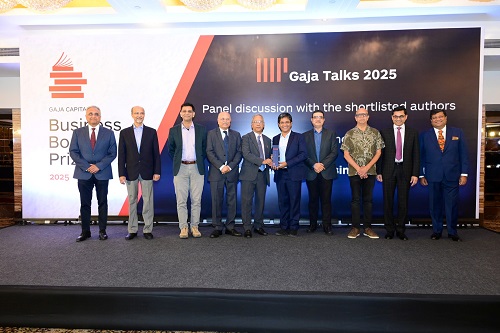







































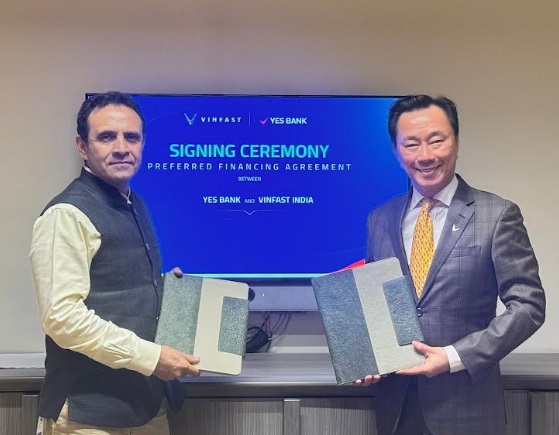






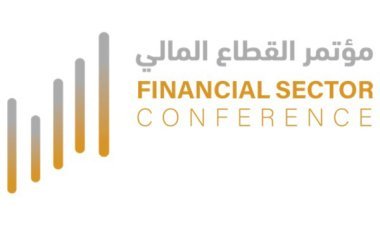












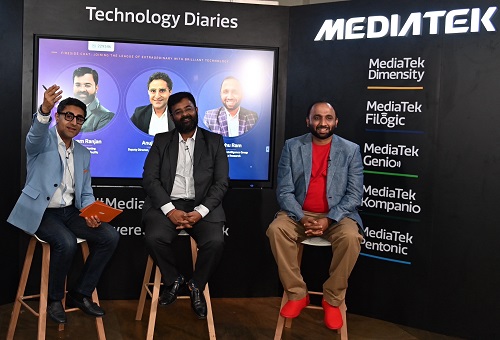

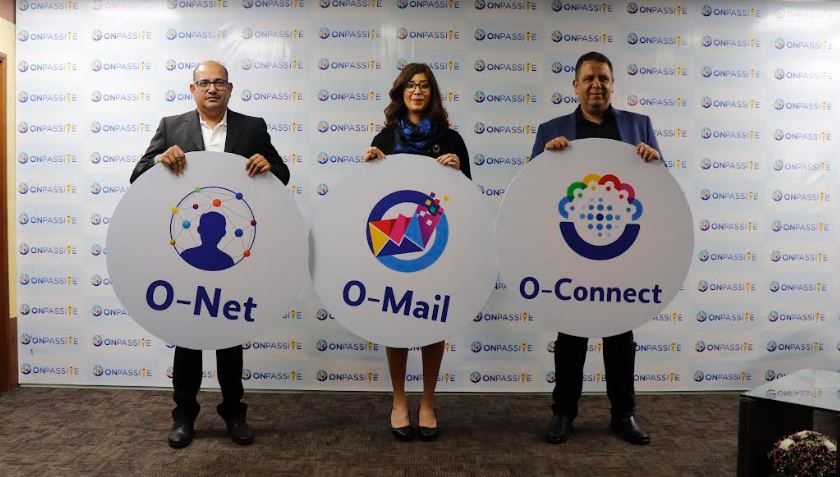






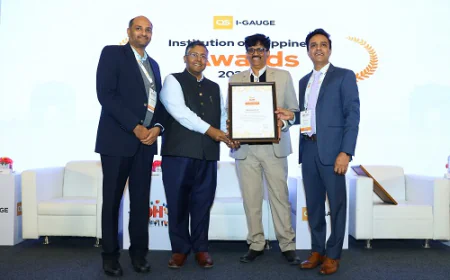





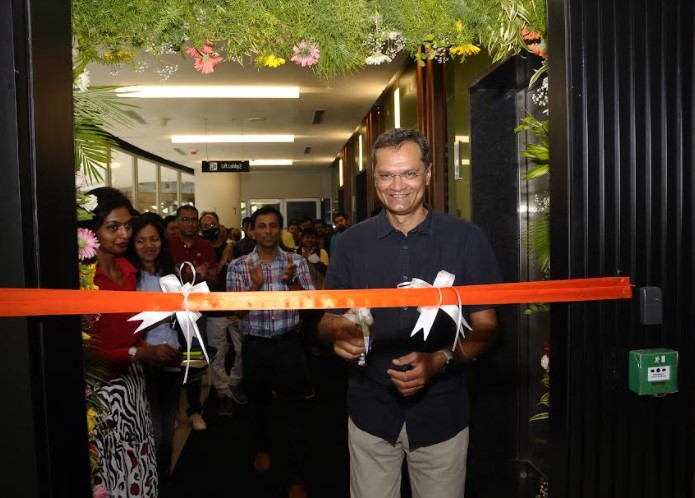
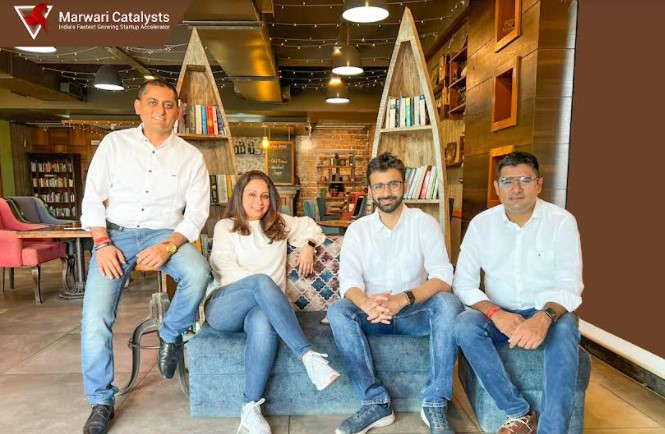


.jpg)










